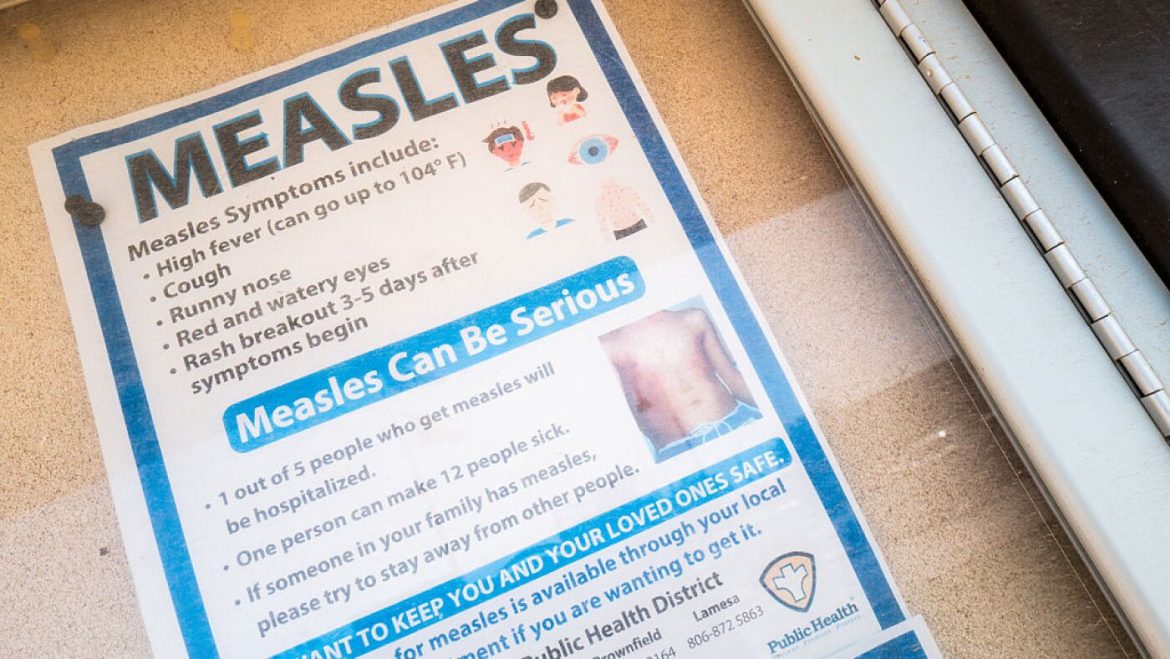Understanding the Measles Outbreak in the United States
The Resurgence of Measles
Measles, a highly contagious viral infection, was officially eliminated from the United States in 2000. This achievement meant that the disease was no longer spreading within the country, and new cases were only found when someone contracted measles abroad and returned to the United States. However, recent data from the Centers for Disease Control and Prevention (CDC) indicates a disturbing trend: the number of measles cases has surged to 1,001, marking the second-highest case count in 25 years, surpassed only by 2019 when more than 1,200 cases were detected.
Historical Context and Current Trends
Before the introduction of the measles vaccine in 1963, the United States saw an average of 3 to 4 million cases each year, predominantly among children. This period was marked by significant morbidity and mortality, with 48,000 hospitalizations and 400 to 500 deaths annually. The vaccine’s introduction dramatically reduced these numbers, leading to the disease’s elimination in 2000. However, recent outbreaks have highlighted the vulnerability of unvaccinated populations. In the first half of 2025, over 13,000 measles cases were registered in the European Union, with countries like Albania, the Czech Republic, Greece, and the United Kingdom losing their measles-free status.
Geographic Distribution and Impact
The current outbreak in the United States has been reported in 30 states, with Texas being the epicenter. The state has reported 505 cases, including two deaths of young elementary school-aged children who were not vaccinated. This outbreak has led to increased public health interventions, including visits from Health Secretary Robert F. Kennedy Jr. to affected communities. The majority of infections have been reported in West Texas, underscoring the regional impact of the outbreak.
Vulnerable Populations
The measles outbreak has disproportionately affected younger populations. Approximately 80% of the cases are under the age of 19, with nearly 40% under the age of 5. This demographic vulnerability highlights the importance of vaccination in preventing the spread of the disease. The measles vaccine, part of the MMR (measles, mumps, and rubella) vaccine, is highly effective in preventing measles when administered in two doses. However, the effectiveness of the vaccine is contingent on widespread vaccination coverage.
Public Health Response and Prevention
The CDC and state health departments are actively monitoring and responding to the outbreak. The CDC updates its case count weekly, providing real-time data to inform public health interventions. The Texas Department of State Health Services has reported that 91 patients have been hospitalized during the outbreak, emphasizing the severity of the disease. Public health officials emphasize that the best way to contain measles is through vaccination, particularly in high-risk areas and among vulnerable populations.
Global Perspective
The measles outbreak in the United States is part of a broader global trend. As of April 2025, the World Health Organization (WHO) reported 2,318 measles cases, including three deaths, in six countries within the WHO Region of the Americas. This represents an 11-fold increase compared to the same period in 2024, indicating a growing global health concern. The majority of cases have occurred among individuals between 1 to 29 years old, highlighting the need for targeted vaccination campaigns.
Conclusion: The Path Forward
The resurgence of measles in the United States serves as a stark reminder of the importance of vaccination in preventing the spread of infectious diseases. The current outbreak, with 1,001 confirmed cases, underscores the vulnerability of unvaccinated populations and the need for robust public health interventions. As we move forward, it is crucial to prioritize vaccination efforts, particularly among high-risk groups, to prevent further outbreaks and protect public health. The lessons from the past and the current trends highlight the importance of sustained vigilance and proactive measures to maintain the elimination status of measles.


